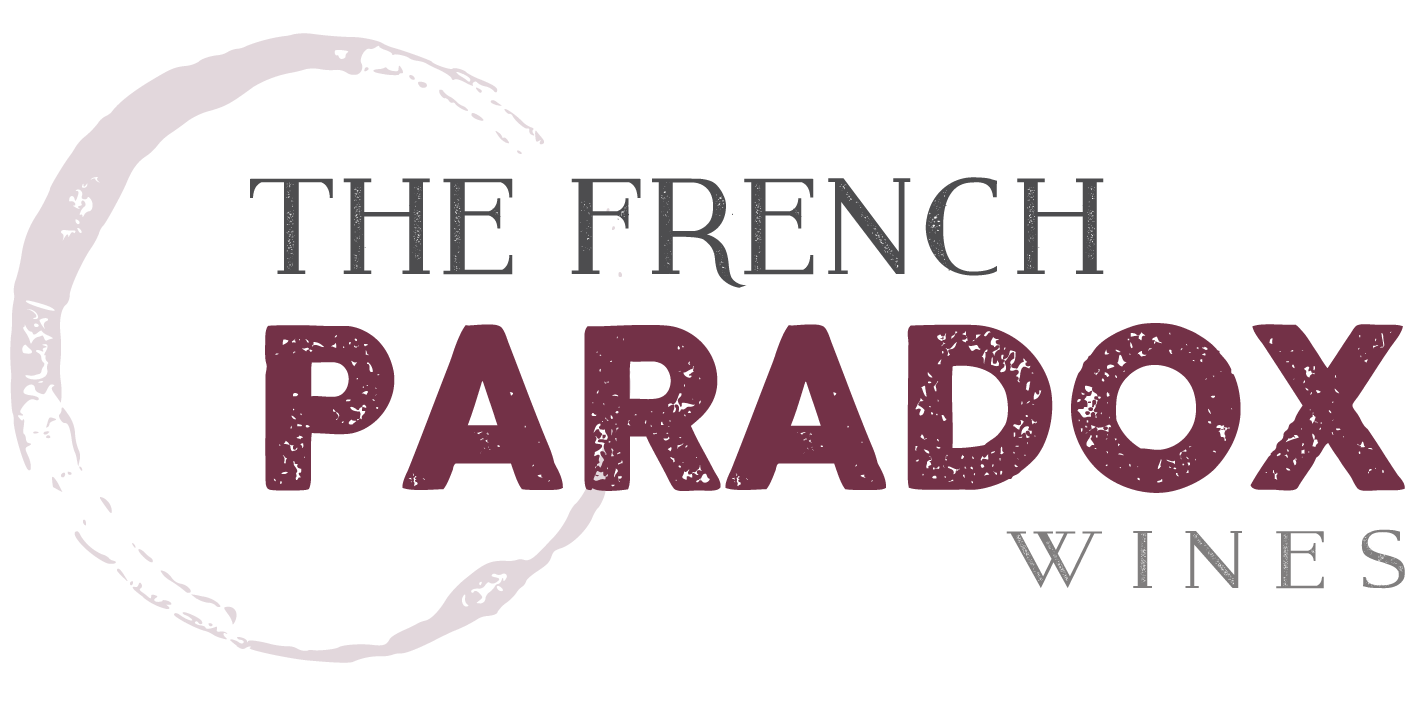There’s a lot of wine out there, and some of it is pretty damn expensive. Of course, some of it is pretty damn inexpensive. But, that’s a topic for another day. Let’s talk about expensive wine today.
There are various factors that contribute to the sales price of a particular wine, and some of those factors are entirely logical and reasonable. Having said that however, even if the costs are logical and reasonable, it’s also quite logical and reasonable for an individual consumer to decide that the sales price is just not worth ‘it’. So, really it’s the ‘it’ that’s in question. But, before we get to the ‘it’ , let’s look at the ‘reasonable’ factors.
As one would guess, grapes cost money, bottles cost money, corks cost money, shipping costs money and labor costs money. The cost of the grapes is intrinsically tied to the cost of the land; if your family has owned the land for generations (or even centuries) the costs of your grapes are much cheaper than if you bought the land recently. And then, there is the location of the land. There is expensive land (Napa) and crazy expensive land (Burgundy). And then, depending on the location of the land and the choice of grapes planted, the yield (crop) might be very low. Obviously, if you produce very few grapes on your very expensive land, the cost of the subsequent wine will be higher.
Then there’s labor. A family run operation might have lower labor costs, which could allow the wines to be made less expensively. Is the winemaker a cousin? How about the viticulturist? Is there a consultant involved? Who’s picking the grapes? Hand-picked (expensive!) or machine? The location of the vineyard factors into these costs as well, as some mountain side or terraced vineyards are not accessible by tractor. Is the sorting table mechanized or is all sorting by hand?
Other equipment costs are a factor as well; are the tanks stainless steel and new (expensive!)? How about the tractor(s)? Are the wines aged in oak barrels? New or used? For how long? (Annual new barrel purchases add up, and the time invested not selling the wine while it ages is costly. Time equals money.)
The costs of bottles, corks and shipping is, all things considered, more or less the same, regardless of the wine and location. But the costs of labeling and design of such varies enormously. Does a more interesting or colorfull or provocative label help sell more wine? Maybe, but it certainly costs more money.
An additional factor is scalability. The costs are reduced if you increase your wine production from the same area of land. Often, making twice as much wine doesn’t require twice as much labor. The costs of your winemaker, viticulturist, consultant, and label designer are all lessened if you produce more wine. Perhaps your equipment is used more efficiently, so those costs are stable or reduced as well. Counter-intuitively, it’s more expensive to make a small amount of wine than a large amount of wine, per bottle.
So, a wine from a famed, steeply sloped, hand-picked, low yield vineyard that spends one year in new oak and than an additional year in bottle before release should be more expensive than a wine that is aged for 3 months in concrete vats with grapes from the wide plains of the…anywhere. But does that make the more expensive wine better? And if it is indeed better, is it worth the higher price?
Well, a lower yielding vineyard generally produces smaller and more concentrated grapes, so arguably, the wine could taste better. Putting wine in an oak barrel does 2 things; it adds flavors (such as caramel and vanilla) and it exposes the wine to oxygen. Oxygen changes the wine: the tannins softer and the texture of the wine becomes smoother. Since oxygen permeates through the barrels, some of the wine inside also evaporates at a rate of about 2% per year. This evaporation is called the ‘angel’s share’ but the result is that the wine in the barrel tastes more concentrated.
So, if you like a more concentrated wine that has flavors that are added by oak aging, then yes, the wine is better, and yes, it might be worth a higher price to you. If this wine is also made in extremely small amounts, it might be even more expensive but the scarcity of the wine might be appealing to you, so it might be even more valuable to you.
But here’s the thing…some wineries make a lot of wine, but delay release dates or limit who can purchase them (restaurant or mailing list only!) to make it appear that the wine is rare. Others add sugar or other extracts to make the wine feel thicker, more concentrated. And others still, use technology (centrifugal presses or reverse osmosis machines) to concentrate the wines. Some do all of these things so as to make their high production wine from their large holdings seem rare and unique. And generally, no one calls them on it.
And, then, there’s the problem with wine fraud…but, we’ll leave that aside for now.
So, like many questions about wine, the answer is a definite ‘maybe’. Maybe the more expensive wine is better. Maybe is worth ‘it’. At the end of the day, the only significant opinion is your’s. Not the winery, not your neighbor, certainly not a wine critic. What do you like in a wine? How much should that cost? There’s your answer.
